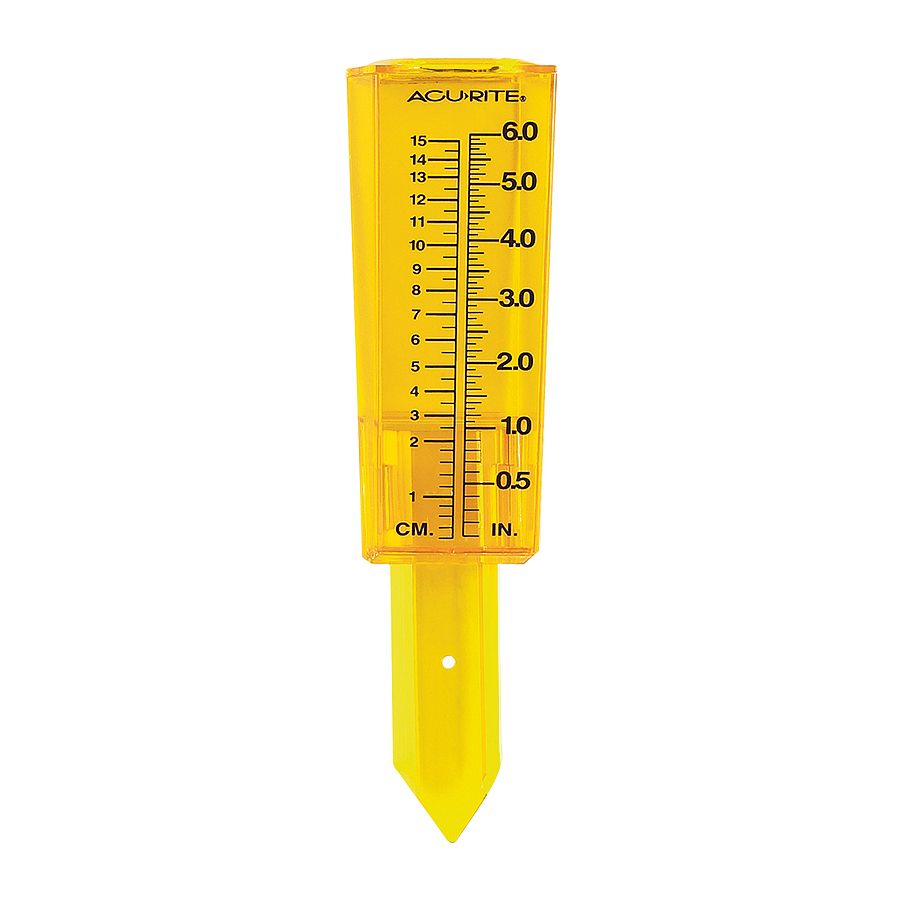Your Go-To Resource on The Rain Gauge: Advantages and Practical Applications
Your Go-To Resource on The Rain Gauge: Advantages and Practical Applications
Blog Article
DIY Rainfall Gauge: Simple Actions to Make Your Own
Are you thinking about tracking rains in your area? Developing your own do it yourself rainfall gauge is a simple and efficient way to videotape and measure rainfall. With simply a couple of typical products and some basic steps, you can easily build your very own rain gauge in your home. In this guide, we will certainly provide you with a detailed procedure to help you produce your very own rain scale. No demand for any specialized expertise or tools - this task can be finished by any individual. By following these easy guidelines, you will have a trusted tool to determine rains and contribute to your understanding of the neighborhood weather patterns. So, let's begin on making your do it yourself rain gauge today!
Gather Products
To start constructing your Do it yourself rain scale, gather all the essential materials using a detailed listing of products. Having the appropriate products on hand will make sure the successful production of your rainfall scale and enable for precise dimensions of rainfall. Collecting these materials in advance will certainly simplify the building process and make certain that you have everything you require to develop your own DIY rain scale.
Prepare the Container

Mark the Measurement Increments
To properly measure the amount of rainfall, precisely marking the measurement increments on your DIY rainfall scale is crucial. Without exact and clear markings, it would certainly be challenging to determine the exact amount of rains accumulated in your rain gauge. Here are the actions to note the dimension increments on your rainfall gauge.
The most typical units for determining rains are millimeters and inches. Once you have picked the device, utilize an irreversible marker or water resistant paint to mark the increments on the side of your rainfall gauge.
When noting the increments, it is very important to guarantee that they are evenly spaced and clearly noticeable. Utilize a ruler or measuring tape to guarantee accuracy and consistency. In addition, ensure that the markings are immune to fading or scrubing off, as exposure to the aspects might trigger them to weaken with time.
Location the Rainfall Gauge Outdoors
The rain gauge need to be positioned outdoors to precisely gather rains data. The area chosen for the rain scale must be free and open from any kind of obstructions that could possibly affect the measurement of rains. The Rain Gauge.
In addition, it is crucial to place the rain gauge on a steady surface area, such as a degree ground or a tough article. This will prevent any kind of movement or tilting of the gauge, which could lead to inaccurate measurements. It is also a good idea to stay clear of positioning the scale near any sources of synthetic water, such as sprinklers or water drainage systems, as this can hinder the precision of the dimensions.
Monitor and Record Rainfall Data
Normal tracking and recording of rainfall information is necessary for precise data analysis and analysis. By keeping an eye on rains measurements, you can obtain beneficial understandings into weather condition patterns, environment fads, and water resource monitoring. To effectively keep track of and record rains data, try this site it is necessary to establish a regular and maintain constant methods.
Firstly, make sure that your rain scale is placed in an open location far from barriers such as trees or buildings that might block rainfall. In addition, make sure the rain gauge is level and firmly anchored to avoid any type of movement that might affect the accuracy of the measurements.

When taping the rainfall information, it is essential to keep in mind the date and time of each measurement. Make use of a leader or a determining adhere to establish the rains deepness in the rain scale, and record this info accurately.
To make sure the accuracy of the measurements, it is advised to clear the rainfall gauge after each recording. This will protect against any overflow or evaporation from impacting subsequent dimensions.
Conclusion
Finally, developing a DIY rain scale is a basic and functional way to keep an eye on and tape rains information (The Rain Gauge). By complying with the actions outlined in this short article, you can quickly gather materials, prepare the container, note the dimension increments, and position the rain scale outdoors. Frequently keeping track of and recording rains data can supply beneficial information for various objectives
Having the appropriate materials on hand will make sure look at these guys the effective production of your rainfall scale and enable for exact measurements of rains.To precisely determine the amount of rains, properly marking the measurement increments on your DIY rainfall scale is essential.The rainfall scale ought to be positioned outdoors to accurately collect rains data. The location chosen for the rainfall scale should be open and free from any obstructions that can potentially impact the measurement of rains.In verdict, producing a DIY rainfall scale is a basic and practical method to monitor and videotape rains information.
Report this page